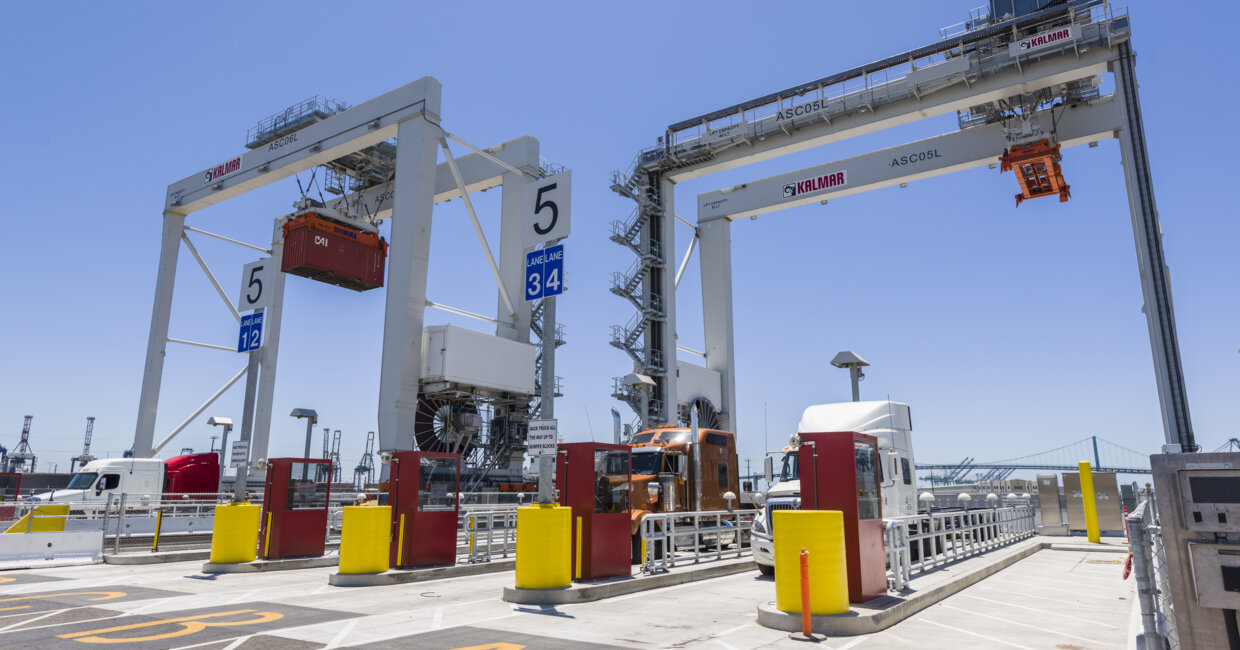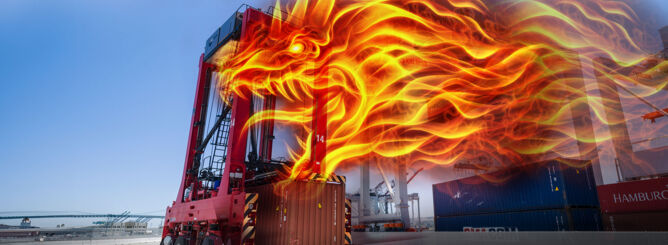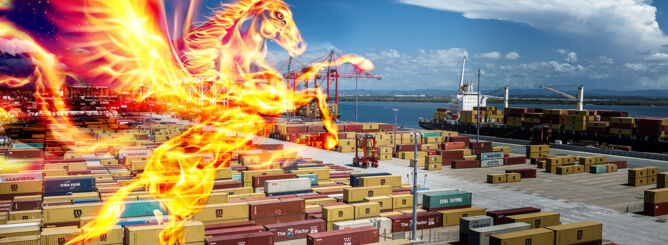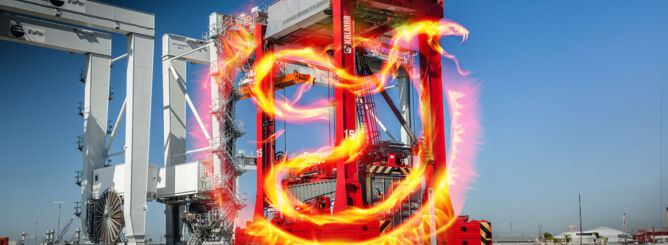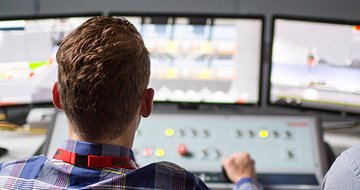Port operators need to demand standardisation in container terminal automation
At Kalmar, we firmly believe that in the future, all container ports will be automated, either fully or partially. Automation is the only foreseeable way by which terminals can respond to today's global megatrends, and continue to improve the efficiency, safety and sustainability of their operations.
To support this progress and to enable terminals to reap the benefits of automation quicker, we have been eager to spark a discussion about the importance of openness and standardisation in our industry. Today, terminal automation projects are still mostly unique and heavily customised bespoke solutions. To speed deployment, radically shorten start-up times, and simplify the maintenance of highly complex automated systems, we need to be able to copy and paste standardised solutions from one execution to another, instead of reinventing the wheel over and over again for each terminal.
Certainly, we have made some great progress. Last year, we launched Kalmar Key, the first open automation platform, and as we expand its capabilities, we are inviting customers, competitors and other third-party players to collaborate with us to develop the ecosystem further. The Navis TOS has solidified its position as a de facto industry standard solution, and we will continue to boost its development to the next level. OneTerminal is our standardised, pre-integrated automation solution that combines Navis N4 with Kalmar TLS software. Another good example of improving efficiency through openness is XVELA, our cloud-based collaboration platform for stowage planning, for which we signed the first commercial orders last year.
We cannot do it alone
However, despite all our efforts, we – or even us and all our competitors together – can't do it alone. As solution and service providers, we simply can't build an industry-wide standards framework as fast as it is needed, if such a framework is not urgently demanded by the industry; i.e., our customers. The terminal industry needs to sit up and do more on this front.
Building workable industry standards for container terminal automation is more complex than you would think. It's not just about defining the protocols through which various systems interoperate, or the safety and reliability levels that we should expect of automated container handling equipment. It extends to internal processes and the basic questions of, for example, how do we even define what is a "container move per hour". Even these elementary concepts need to be standardised, if we want to measure and track performance data consistently at automated terminals, let alone evaluate and compare this data as part of continuous process optimisation.
The equipment manufacturer associations in our field are making a commendable effort to facilitate this kind of standards framework, but at the moment the actual development of standards is still completely in the hands of the suppliers. Realistically, this is not the optimum way to proceed, since each company will inevitably have their own preferences and ideas of which direction the work should take. Eventually, some open interfaces and standards will undoubtedly emerge from this grassroots process, but to make real progress, now, across the entire industry, we need the active participation of our end customers.
Tell us what you need
 So, if you are reading this, help us out here. Speak up, tell us what you need and expect, and we, together with the other industry players, will make it happen. Together, but only together, we can create a set of industry-wide standards that will guide us in helping you meet your business needs. These standards will form the true foundation for the wider adoption of container terminal automation, both now and far in the yet unknown future.
So, if you are reading this, help us out here. Speak up, tell us what you need and expect, and we, together with the other industry players, will make it happen. Together, but only together, we can create a set of industry-wide standards that will guide us in helping you meet your business needs. These standards will form the true foundation for the wider adoption of container terminal automation, both now and far in the yet unknown future.
Antti Kaunonen
President
Kalmar
